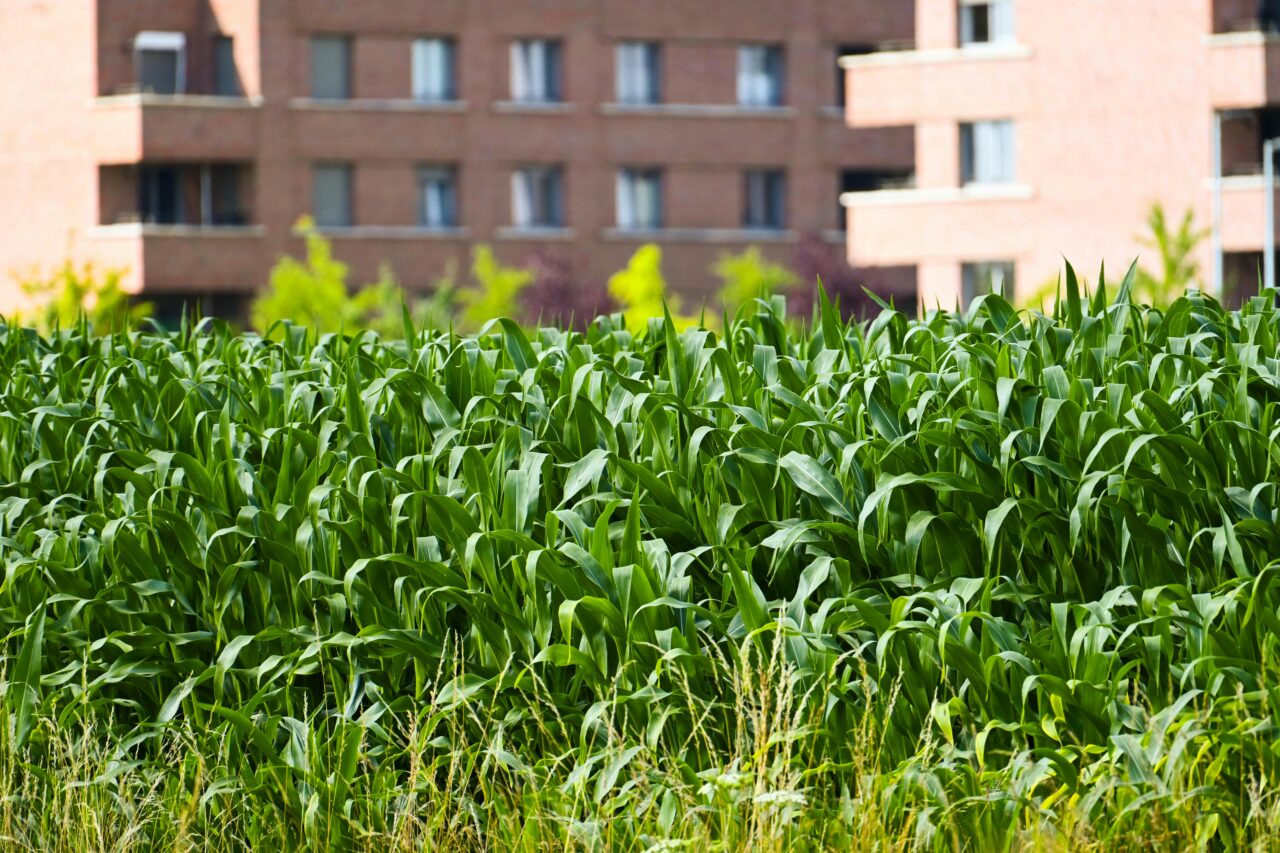Remember that feeling of trying to grow something, anything, in your office or even a small apartment? Maybe a struggling desk plant or a herb pot that just never quite thrived? For many businesses, the idea of integrating green spaces, let alone productive ones, into urban environments can seem like a logistical nightmare. Yet, a quiet revolution is taking root, proving that vibrant, productive ecosystems are not only possible but also incredibly beneficial, even in the most concrete-dense locales. We’re talking about DIY Smart Gardens & Urban Farming, a movement that’s transforming how we think about greening our workspaces and engaging with nature, even for those of us deeply entrenched in the corporate world. It’s less about having a sprawling backyard and more about ingenious integration and smart, sustainable practices.
The Strategic Advantage of Bringing Green Indoors
In today’s competitive landscape, businesses are constantly seeking innovative ways to boost employee well-being, enhance brand image, and contribute to sustainability goals. Integrating DIY Smart Gardens & Urban Farming concepts offers a unique, tangible pathway to achieve these objectives. It’s more than just aesthetics; it’s about fostering a healthier, more engaged workforce and demonstrating a commitment to responsible resource management. Think about the potential for fresh herbs in the office kitchen or a calming, green break area. It’s not just for specialized farming businesses; any enterprise can benefit from these forward-thinking approaches.
Enhancing Employee Well-being and Productivity
Imagine a break room where employees can snip fresh mint for their tea or watch a basil plant flourish under LED lights. Studies consistently show that exposure to nature, even in small doses, can reduce stress, improve focus, and boost overall mood. For businesses, this translates directly into a more productive and satisfied workforce. A simple indoor garden, especially one that’s easy to maintain with smart technology, becomes a living, breathing amenity that subtly improves the daily grind. It offers a quiet escape and a sense of connection to something natural, which is invaluable in an increasingly digital world.
Showcasing Sustainability and Innovation
Businesses are under increasing pressure from customers, investors, and employees to demonstrate genuine commitment to environmental stewardship. Adopting urban farming techniques, even on a small scale, serves as a powerful testament to a company’s dedication to sustainability initiatives. It shows a forward-thinking approach to operational efficiency and resource management. Plus, it’s just plain cool. High-tech hydroponic setups or vertical farming displays can become talking points, attracting talent and clients who value innovation and ecological responsibility.
Navigating the Technicalities: Smart Solutions for Urban Greenery
The “smart” in DIY smart gardens is key, especially when space and time are at a premium. These systems leverage technology to make gardening accessible and low-maintenance. No need for a master gardener on staff; modern solutions handle the complexities, allowing businesses to reap the benefits without significant overhead. Understanding the various technological pathways available is crucial for selecting a system that aligns with your operational needs and long-term sustainability goals.
The Power of Hydroponics and Aeroponics
When it comes to urban agriculture, traditional soil-based gardening often isn’t feasible. This is where hydroponics and aeroponics shine. Hydroponics involves growing plants in water enriched with nutrient solutions, while aeroponics mists the plant roots directly with these nutrients. Both methods eliminate soil, reduce water usage significantly, and allow for compact, vertical setups, making them ideal for office spaces or small business premises.
- Hydroponics benefits:
- Faster growth rates compared to soil gardening
- Up to 90% less water usage
- No weeds or soil-borne pests
- Consistent yields
- Aeroponics advantages:
- Even faster growth and higher yields than hydroponics
- Even greater water efficiency
- Excellent oxygenation for roots, leading to healthier plants
Integrating IoT for Effortless Cultivation
The “smart” aspect often comes from Internet of Things (IoT) integration. This means sensors that monitor light levels, pH, temperature, and humidity, automatically adjusting conditions or alerting you via an app when something needs attention. Smart irrigation systems ensure plants get exactly the right amount of water, preventing waste and guesswork. These technologies make it possible for even the busiest business to maintain a thriving indoor garden with minimal hands-on effort. It simplifies the process, reducing the learning curve and making it an attractive option for companies exploring new ways to engage with green solutions.
Realizing the Return on Investment (and the Joy!)
While the immediate return on investment for a DIY Smart Gardens & Urban Farming setup might not be a direct line item profit, the indirect benefits are substantial. Improved employee retention, reduced stress-related absenteeism, enhanced brand reputation, and a tangible commitment to sustainability all contribute to a healthier bottom line. Plus, there’s an undeniable joy that comes from cultivating something, especially when it’s fresh produce or beautiful greenery thriving in an unexpected urban setting. This movement isn’t just a fleeting trend; it’s a strategic shift towards more responsible, resilient, and human-centric business environments.
Beyond the numbers, think about the subtle shift in office culture. A shared responsibility for a living space, the freshness of a homegrown herb, or the simple act of watching something grow can foster a sense of community and pride. It’s about creating a workspace that nourishes not just the business, but the people who make it thrive. The time to explore these green possibilities is now, transforming your business space into a vibrant, sustainable hub of innovation and well-being.
